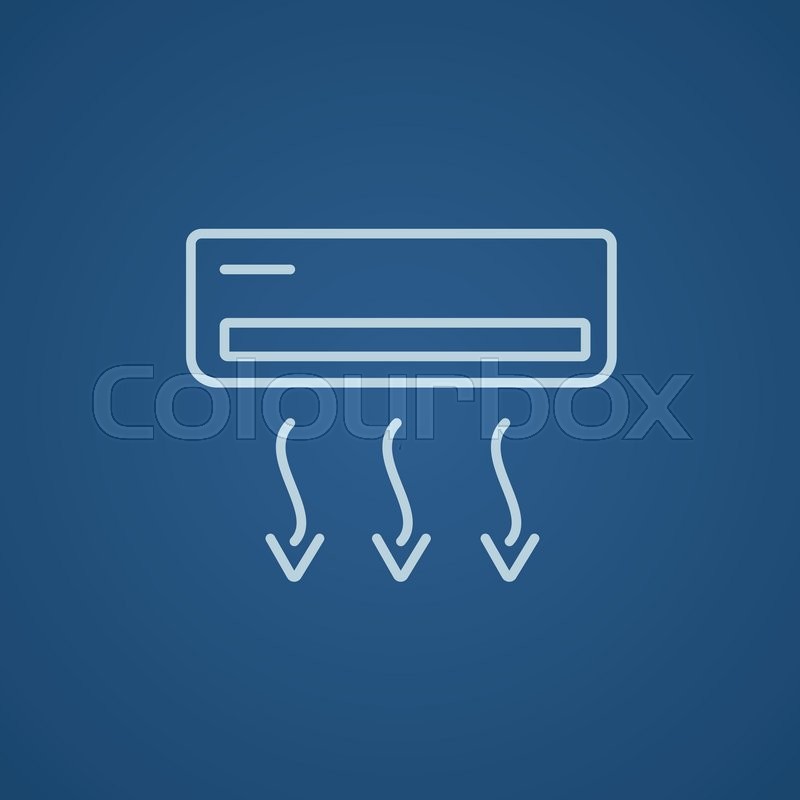The Future Of Home Home Heating - How Heatpump Technology Is Progressing
The Future Of Home Home Heating - How Heatpump Technology Is Progressing
Blog Article
Writer-Fraser Oliver
Heatpump will certainly be a vital technology for decarbonising home heating. In a scenario consistent with federal governments' announced energy and climate dedications, their worldwide capability increases by 2030, while their share in home heating rises to one-quarter.
They function best in well-insulated homes and rely upon electricity, which can be supplied from an eco-friendly power grid. Technological innovations are making them extra effective, smarter and less costly.
Gas Cells
Heatpump use a compressor, refrigerant, coils and fans to relocate the air and heat in homes and home appliances. They can be powered by solar power or electrical power from the grid. They have actually been gaining appeal because of their inexpensive, silent operation and the capacity to produce electricity throughout peak power need.
Some business, like IdaTech and BG MicroGen, are dealing with fuel cells for home heating. These microgenerators can change a gas boiler and produce some of a house's electrical requirements with a link to the electrical power grid for the rest.
Yet there are factors to be doubtful of using hydrogen for home heating, Rosenow claims. It would be pricey and ineffective compared to other modern technologies, and it would add to carbon discharges.
Smart and Connected Technologies
Smart home modern technology allows home owners to link and manage their devices from another location with making use of smart device applications. As an example, wise thermostats can learn your heating preferences and immediately get used to optimize energy consumption. Smart illumination systems can be controlled with voice commands and immediately turn off lights when you leave the area, decreasing power waste. And smart plugs can keep track of and manage your electric use, enabling you to identify and limit energy-hungry appliances.
The tech-savvy house depicted in Carina's interview is a great image of how passengers reconfigure space home heating practices in the light of brand-new wise home modern technologies. They rely upon the devices' computerized functions to carry out daily modifications and concern them as a convenient methods of conducting their heating methods. As visit this website link , they see no factor to adapt their techniques even more in order to enable versatility in their home energy demand, and interventions focusing on doing so might deal with resistance from these households.
Electricity
Given that heating homes make up 13% people emissions, a switch to cleaner options could make a large distinction. Yet the technology faces difficulties: It's costly and needs comprehensive home renovations. And it's not constantly compatible with renewable energy sources, such as solar and wind.
Until just recently, electrical heat pumps were too expensive to take on gas models in the majority of markets. However new advancements in design and materials are making them extra budget friendly. And better cold environment performance is enabling them to work well also in subzero temperature levels.
residential heat pump following action in decarbonising home heating might be the use of warmth networks, which attract warmth from a central source, such as a nearby river or sea inlet, and disperse it to a network of homes or buildings. That would certainly lower carbon discharges and allow families to make the most of renewable resource, such as environment-friendly electrical energy from a grid supplied by renewables. This option would be less pricey than changing to hydrogen, a nonrenewable fuel source that calls for new framework and would only reduce carbon dioxide emissions by 5 percent if paired with boosted home insulation.
Renewable Energy
As electricity prices drop, we're beginning to see the very same trend in home heating that has driven electric cars into the mainstream-- but at an also quicker pace. The strong environment case for impressive homes has been pushed better by new research study.
Renewables account for a considerable share of contemporary warm usage, however have actually been offered restricted policy focus globally contrasted to other end-use markets-- and even much less attention than electrical energy has. Partially, this shows a mix of consumer inertia, divided motivations and, in several countries, aids for fossil fuels.
New innovations might make the shift easier. For example, heat pumps can be made more power reliable by replacing old R-22 refrigerants with new ones that don't have the high GWPs of their precursors. Some specialists additionally imagine district systems that attract heat from a neighboring river or sea inlet, like a Norwegian fjord. The warm water can after that be made use of for cooling and heating in an area.